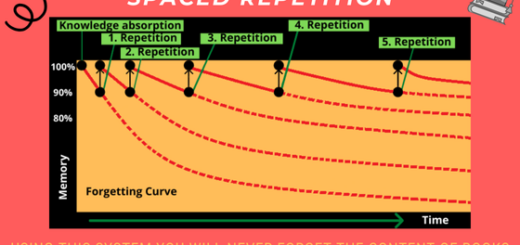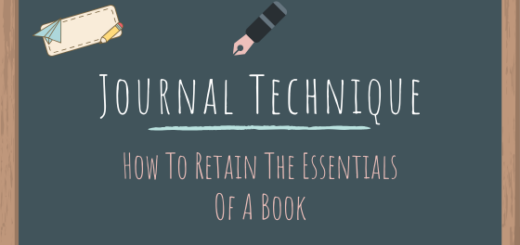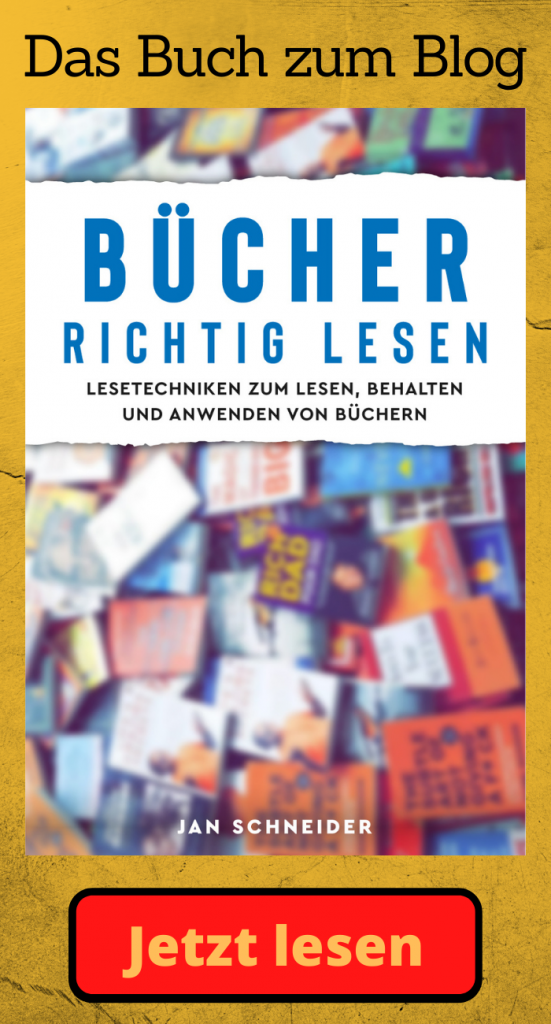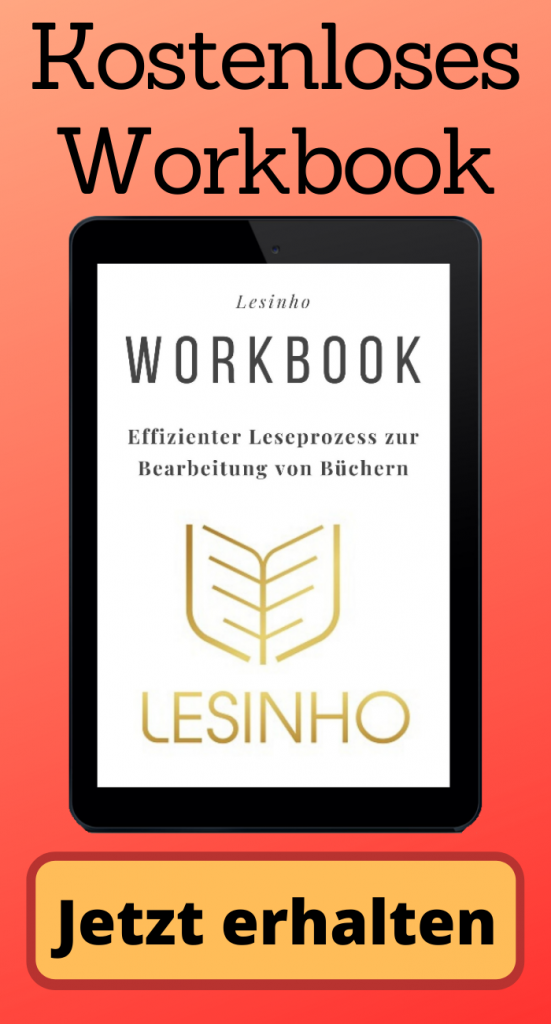Why Output is More Important than Input When Reading
If you read many books but retain or apply only a little of the content, it may help to focus more on the output than the input during reading and learning. It is more effective to read one book thoroughly and apply its insights than to read ten books only to put them back on the shelf afterward. Therefore, after absorbing new information, it’s crucial to question, reproduce, and apply it. This process transforms information into knowledge and practical value.

Efficient Reading through Reproduction and Application
The first step is to begin reading with a clear intention to retain and apply what you’ve read. It’s also helpful to create a personal connection to the content while reading. By linking new information with prior knowledge and using mnemonic techniques, you can remember what you read more easily. After reading, take time to review and apply the material. For instance, after each chapter, close the book and summarize the chapter’s main points in your own words. If you find you’ve forgotten key points, go back, review, and try to reproduce the main ideas again. Additionally, critically assess the accuracy of essential points, consulting other sources if necessary to verify statements. When reading stories or biographies, continually ask yourself what lessons you can draw from them. By reproducing and reflecting on what you read, you make it easier to store information in long-term memory and use it meaningfully.

Recording the main points, lessons, examples, and applications during or after reading is also valuable. The journaling technique can be useful here to create a dedicated journal entry for each book you read. This also makes it easier to visualize the content of the book later through diagrams, flowcharts, or mind maps. Visualizing what you read intensifies your processing of the content, helping you remember it longer and recall it more easily. Reviewing these summaries through spaced repetition also brings the information into long-term memory.
The next step is to apply what you’ve read. Use your notes to identify examples and applications for creating an action plan for each book. Then, aim to apply at least three things from this action plan within the next 72 hours. These applications could involve forming new habits, developing new beliefs, or taking specific one-time actions.

Effective Reading by Choosing the Right Books
As illustrated in the graph on reading success, reading the right books in the right way is key. Actively retaining and applying the material greatly enhances efficient reading. However, to read effectively, it’s essential to learn only the details you need now or in the near future. For other topics, it’s sufficient to gain an overview, so you have a general understanding and can return to the material when you need it. Aim to spend about half of your reading time on books that address a current problem or goal, as these books will be easier to remember and immediately apply. The other half of your reading time can be spent exploring new topics that might be useful or interesting in the future. In the following article, you can also find more information on how to choose the right books to read.

Conclusion
Overall, when reading books, focus more on quality than quantity. Ultimately, the volume of information read is less important than what you retain and apply from it. This way, each book provides both theoretical and practical value.
Summary
- Critically question and verify what you’ve read
- Summarize the main points in your own words
- Write down key points, lessons, examples, and applications
- Create a visual summary of the book
- Store the content long-term using mnemonic techniques and spaced repetition
- Develop and implement an action plan
- Learn only in detail what you’ll need soon
- Get an overview of the remaining topics





